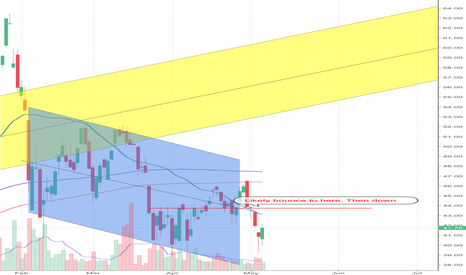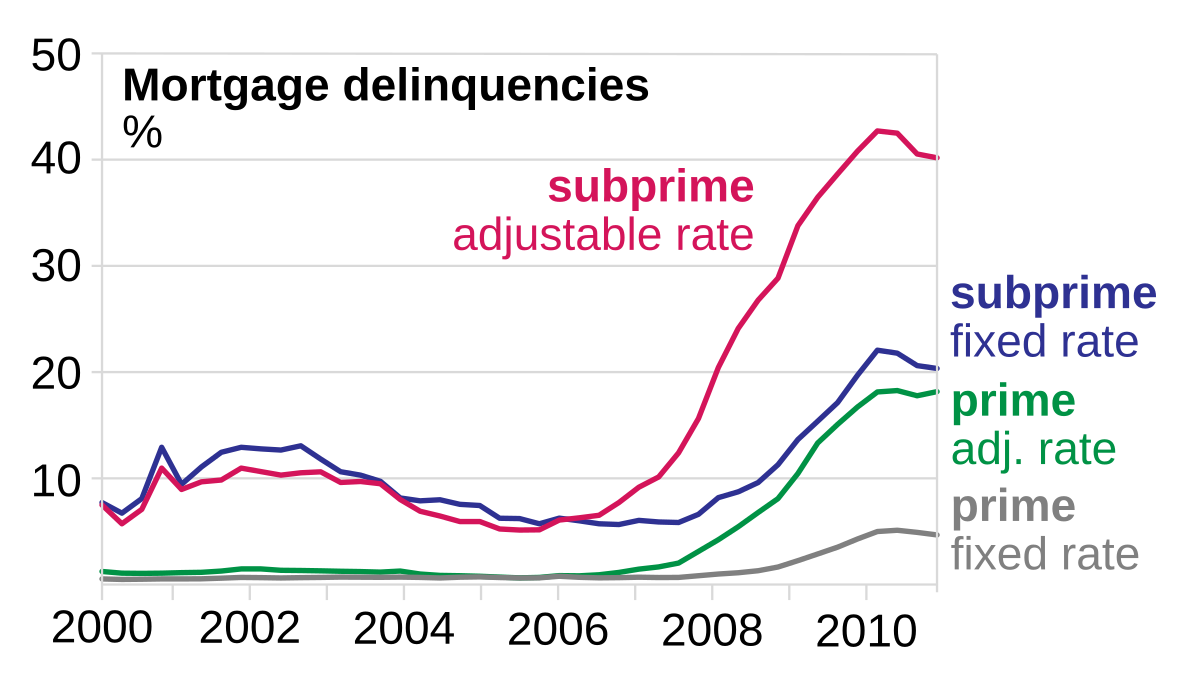Ever feel like you’re late to the trade? That used to be me, especially when it came to sector ETFs like healthcare. Then I discovered CURE—and I learned fast that this isn’t your typical stock. It’s an adrenaline-packed, 3x leveraged ETF that amplifies daily healthcare moves. Sounds exciting, right? It is. But it’s not for everyone.
Many traders fall into the trap of thinking CURE is just another healthcare ETF. I did, too—until I watched my positions swing wildly because I didn’t understand how daily leverage and compounding worked. That mistake cost me. So I want to break this down the right way for you.
Let’s explore what CURE really is, who it’s for, and whether you should even touch it.
- What CURE stock is and how it works
- The risks of 3x daily leverage and compounding decay
- CURE’s top holdings and sector breakdown
- How CURE compares to ETFs like XLV or LABU
- Who should (and shouldn’t) trade CURE
- Real performance metrics, not just hype
By the end, you’ll know if Cure fits into your strategy—or if it’s a trading trap you’re better off avoiding.
Understanding CURE: Basics of the Leveraged Healthcare ETF
What is CURE Stock?
CURE, officially called the Direxion Daily Healthcare Bull 3X Shares, is a leveraged ETF that seeks to deliver 3 times the daily performance of the Health Care Select Sector Index. That’s a mouthful, I know. In plain English, it means if the index rises 1% in a day, CURE aims to rise 3%. But if the index drops 1%, CURE could fall 3%—or more if volatility kicks in.
This is NOT a long-term ETF. It resets daily, so performance over weeks or months can diverge dramatically from what you’d expect. I learned this the hard way when a week of sideways market action ate away at a bullish position I had.
How Leveraged ETFs Like CURE Work
Leveraged ETFs use swaps, derivatives, and short-term borrowing to amplify returns. But they’re designed for daily compounding—not holding over time. If volatility increases, the math starts working against you. Even if the index ends flat over several days, CURE could still lose value due to something called “volatility decay.”
Key Index Tracked by CURE
CURE tracks the Health Care Select Sector Index. This includes big-name U.S. healthcare companies across pharma, biotech, medical equipment, and services.

How Leverage Works in CURE
Why 3x Daily Leverage Isn’t 3x Long-Term Performance
This part confused me at first. Let’s say the index goes up 10% and then down 10% over two days. You’d think CURE just breaks even, right? Wrong. The compounding of daily returns means you could actually be in the red, depending on volatility and order of gains/losses.
Real Examples of Compounding Deviation
Look at CURE’s real performance:
- 1-month return: +5.08%
- Year-to-date: -13.68%
- 1-year: -31.87%
Even though healthcare stocks haven’t fallen that dramatically, CURE has. That’s the danger of leverage and decay. Over multiple days, it just doesn’t work the way most traders expect.

When Leverage Helps and When It Hurts
If you’re day trading and healthcare is ripping? CURE can feel like printing money. I’ve had trades go +15% in a single day. But hold it too long in choppy markets? It drains your capital fast. The swings are not for the faint-hearted.
Top Holdings and Sector Exposure in CURE
Breakdown of Major Holdings
Here’s a quick look at what’s inside CURE. These are the healthcare giants that drive its price:
| Company | Sector | Weight in Index |
|---|---|---|
| Eli Lilly | Pharmaceuticals | ~10.8% |
| UnitedHealth Group | Healthcare Services | ~9.9% |
| Johnson & Johnson | Pharma/Consumer Health | ~8.7% |
| AbbVie | Biotech | ~7.3% |
| Merck | Pharmaceuticals | ~6.4% |
| Amgen | Biotech | ~5.8% |
These stocks are all highly liquid and sensitive to news, earnings, and macro trends like FDA approvals or policy changes. When they move, so does CURE—by 3x.

How Healthcare Performance Impacts CURE
The healthcare sector is often considered defensive, but that doesn’t make CURE any safer. It just means the base index might fall less during a crash—but CURE will still move wildly due to its leveraged nature.
Comparison With SPY or XLV for Context
If you’re risk-averse, you might consider XLV instead. It’s the unleveraged version tracking the same healthcare sector. In contrast, CURE moves much faster—for better or worse. I’ve used both depending on how aggressive I feel about a trade.
Comparing CURE With Other Healthcare ETFs
CURE vs. XLV
XLV is ideal if you’re looking to hold a stable healthcare position over months. CURE is for short-term traders only. You need to monitor it daily. I’ve been burned by holding CURE for just three weeks and watching gains disappear due to volatility—even when the sector was flat.
CURE vs. LABU or Other Leveraged Healthcare ETFs
LABU is another 3x leveraged ETF, but it focuses on biotech specifically. That makes it even more volatile than CURE. If you like fireworks, LABU is a whole different beast. CURE has broader exposure and slightly less risk, but both require serious timing skills.
Performance Risk Comparison: Volatility and Drawdowns
Expect standard drawdowns of 20-40% in choppy months. Seriously. You can’t ignore this if you’re allocating real money. I use tight stop losses and always have a backup plan. If you’re unsure how volatility works, this isn’t the ETF for you.
Should You Invest in CURE?
CURE Suitability: Traders vs. Long-Term Investors
I’ll be honest—CURE isn’t built for most investors. If you’re looking for long-term portfolio growth, you’re better off with traditional ETFs like XLV or even SPY. Why? Because leveraged ETFs like CURE are designed for short-term plays. They reset daily. That means holding it for weeks or months could lead to unexpected losses—even in a rising market.
But if you’re an active trader who watches markets daily, uses technical analysis, and understands risk, CURE can be a powerful tool. I’ve used it during earnings season or after big healthcare policy announcements for fast, amplified gains. Just be ready to act fast—and cut losses even faster.
Risk Management and Timing
One lesson I learned early: Never enter a CURE position without an exit plan. This fund is volatile. Always use stop-losses and have defined price targets. Even better? Trade it alongside a non-leveraged position to hedge. I once held CURE while shorting XLV to manage risk—that combo helped me lock in profit without losing sleep.
Alternatives for Conservative Investors
If the idea of 30% swings gives you stress sweats, you’ve got options. XLV is the standard healthcare ETF. Or consider diversified ETFs with healthcare exposure like VHT or IHI. These move slower but are far less likely to destroy your capital during rough patches. You won’t get triple-digit returns, but you won’t get triple-digit losses either.
Who CURE Is Designed For
Profile of a Typical CURE Investor
This ETF is for experienced traders. People who understand leverage. People who don’t flinch at 10% intraday swings. If you’re a casual investor or just getting started, I’d avoid CURE entirely. But if you’re strategic, disciplined, and already using chart-based entries, CURE can magnify your edge—just like it’s done for me during healthcare rallies.
Daily Trading vs. Swing Trading With CURE
I mostly day trade CURE. Quick in-and-out trades, usually based on breakout or momentum setups. Sometimes, if the healthcare sector looks strong, I’ll hold overnight. But never more than a few days. It’s just too risky. One gap down, and your trade could go from green to disaster.
Why It’s Not a Buy-and-Hold ETF
It bears repeating: CURE is a daily leveraged ETF. It’s not built for compounding long-term gains. Over time, even flat markets can drag it down. So if your goal is to park money and forget it, this isn’t the vehicle. Stick with long-term tools that don’t punish you for time.

Real Performance of CURE: A Look at the Numbers
1-Month, YTD, and 1-Year Performance Data
Here’s what CURE has done recently, as of June 30, 2025:
- 1-month: +5.08%
- Year-to-date: -13.68%
- 1-year: -31.87%
- Since inception: +22.55% (total, not annualized)
That’s what I mean about short-term bursts vs. long-term decay. You could ride a rally and score 10% in a day—or sit through a flat week and lose 5% just from noise.
Long-Term Return vs. Underlying Index
Compare this with the Health Care Select Sector Index. Over the same period, the index was relatively flat. But CURE underperformed drastically. Why? Because of that daily reset and compounding loss during choppy action. It’s a trader’s vehicle, not an investor’s tool.
Dividend Yield and Expense Ratio Impact
CURE does offer a small 1.50% dividend yield. But it also comes with a 0.93% expense ratio, which is higher than traditional ETFs. Over time, those fees eat into gains. Another reason I don’t hold this long-term.
FAQs About CURE Stock
Is Cure stock a good long-term investment?
No. CURE is a daily leveraged ETF. It’s meant for short-term trades, not long-term holding. The longer you hold, the more you risk losses from volatility decay and compounding effects.
What companies are in the Cure ETF?
Major holdings include Eli Lilly, Johnson & Johnson, AbbVie, UnitedHealth Group, Abbott Laboratories, Merck, Amgen, and others. These are the biggest players in U.S. healthcare.
Why is CURE down even if healthcare stocks are up?
Because CURE compounds daily returns. If markets are choppy, or if gains and losses cancel each other out, the ETF can lose value even when the sector is up. It’s all about volatility and the order of returns.
How does 3x leverage in CURE really work?
CURE uses derivatives to deliver three times the daily return of the Health Care Select Sector Index. But it resets daily, so performance over time can deviate significantly. It’s like turbocharging your trades—with triple the risk and triple the reward.
Here’s What You Should Take Away
CURE is a 3x leveraged ETF tied to U.S. healthcare stocks. It offers fast exposure to the sector’s daily moves but isn’t designed for long-term holding. It’s loaded with names like Johnson & Johnson and UnitedHealth. It can spike or crash based on short-term sentiment and volatility.
If you’re a disciplined trader who understands how leveraged ETFs work, CURE can be a valuable weapon in your trading arsenal. But misuse it, and you’ll feel the pain fast. Don’t trade it blindly—respect the leverage, respect the volatility.
I’ve learned from both wins and wipeouts with CURE. It’s taught me more about timing, risk, and volatility than most stocks ever could. Now that you know how it works, make it work for you—not against you.
